Home>Furniture & Design>Bathroom Accessories>What Is Alcove Installation For A Bathtub?
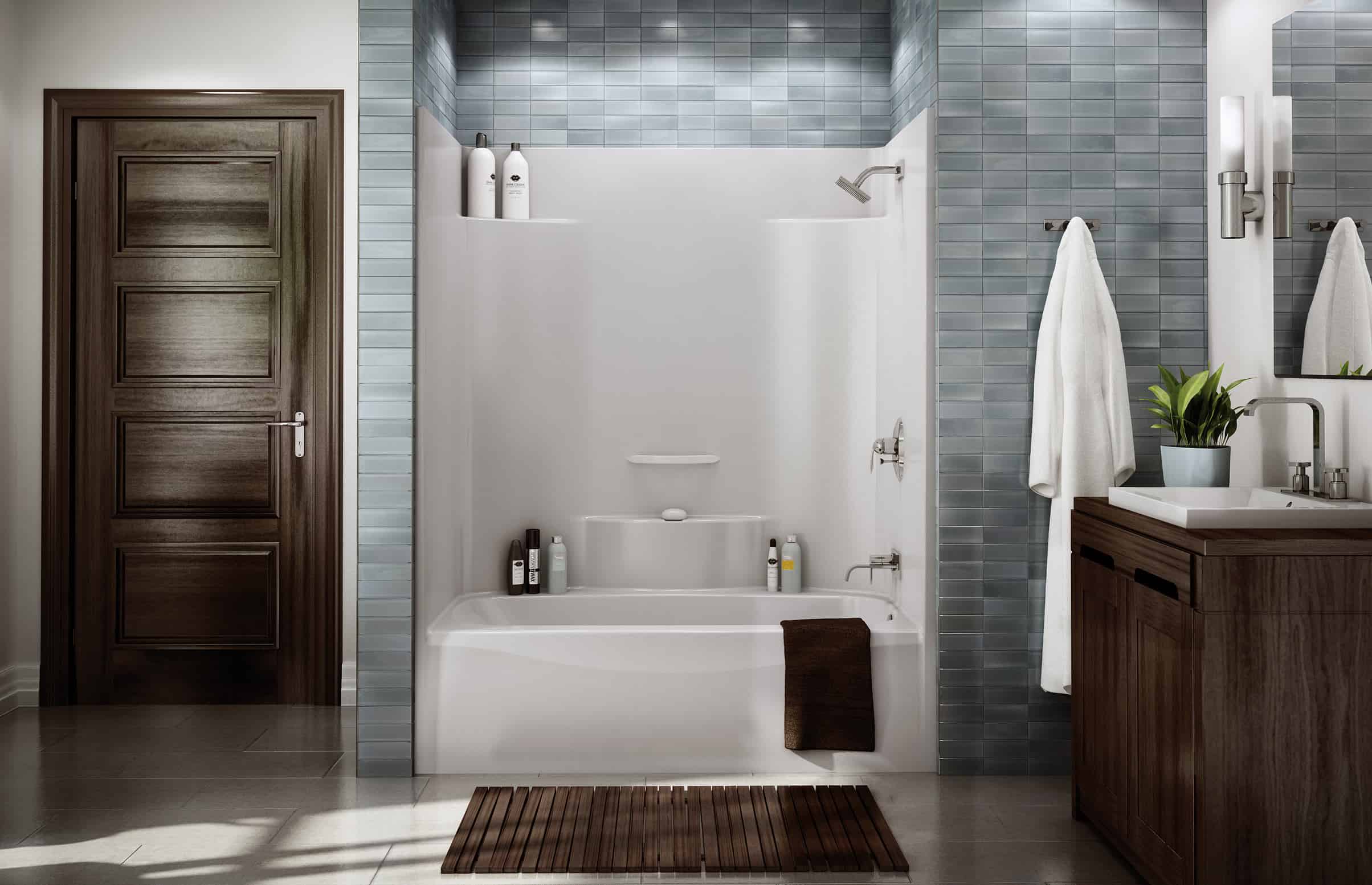

Bathroom Accessories
What Is Alcove Installation For A Bathtub?
Modified: April 22, 2024
Discover the benefits of alcove installation for a bathtub and find the perfect bathroom accessories to complete your renovation project. Explore our range now!
(Many of the links in this article redirect to a specific reviewed product. Your purchase of these products through affiliate links helps to generate commission for Storables.com, at no extra cost. Learn more)
Introduction
When it comes to creating a functional and aesthetically pleasing bathroom, the installation of bathroom accessories plays a crucial role. Among the various installations, the alcove installation for a bathtub stands out as a popular and practical choice for many homeowners. This method of installation not only maximizes space but also adds a touch of elegance to the bathroom.
The alcove installation for a bathtub involves fitting the tub into an alcove or recessed area, typically between three walls. This setup provides a seamless and integrated look, as the bathtub becomes a natural part of the bathroom space. Whether you are renovating an existing bathroom or designing a new one, understanding the concept and benefits of alcove installation is essential for making informed decisions.
In the following sections, we will delve deeper into the definition of alcove installation, explore its benefits, consider important factors to keep in mind, and outline the steps involved in achieving a successful alcove installation. By the end of this article, you will have a comprehensive understanding of alcove installation for a bathtub and be better equipped to make informed choices for your bathroom design and renovation projects.
Key Takeaways:
- Alcove installation for a bathtub maximizes space, creates a seamless look, and offers versatility for different bathtub styles, making it a practical and visually appealing choice for bathroom design.
- When planning alcove installation, consider space, plumbing, materials, ventilation, accessibility, and aesthetics. Follow precise steps for a successful and inviting bathtub alcove in your bathroom.
Read more: What Is An Alcove Bathtub?
Definition of Alcove Installation
Alcove installation for a bathtub refers to the method of fitting a bathtub into a recessed or alcove space, typically surrounded by three walls. This installation style is a popular choice in many bathrooms due to its space-saving design and seamless integration with the surrounding walls. The three-wall configuration provides a secure and stable setting for the bathtub, creating a cozy and inviting bathing area within the bathroom.
The alcove installation is characterized by its efficient use of space, making it ideal for bathrooms with limited square footage. By utilizing the existing walls to encase the bathtub, this installation method optimizes the available space, allowing for the inclusion of other essential bathroom fixtures and accessories. Additionally, the alcove installation creates a clean and streamlined look, contributing to a cohesive and well-organized bathroom layout.
One of the defining features of alcove installation is its versatility. It accommodates various bathtub styles, including standard alcove bathtubs, soaking tubs, and whirlpool tubs. This adaptability makes alcove installation suitable for different bathroom designs and preferences, allowing homeowners to personalize their bathing space while maintaining a practical and functional layout.
Furthermore, alcove installation offers a sense of enclosure and privacy, making it an inviting retreat within the bathroom. The surrounding walls create a cozy alcove, providing a comfortable and intimate setting for relaxation and rejuvenation. This setup also facilitates the incorporation of shower fixtures, as the alcove can serve as a dual-purpose bathing area, catering to both bathing and showering needs.
In summary, alcove installation for a bathtub involves fitting the tub into a recessed space bordered by three walls, maximizing space utilization, providing a cohesive bathroom design, accommodating various bathtub styles, and creating a private and inviting bathing environment. Understanding the definition of alcove installation sets the foundation for exploring its benefits and considerations, which are essential aspects to consider when planning a bathroom renovation or design project.
Benefits of Alcove Installation
Alcove installation for a bathtub offers a myriad of benefits that contribute to the functionality, aesthetics, and overall appeal of a bathroom. Understanding these advantages is crucial for homeowners and designers seeking to optimize their bathroom space and create a harmonious bathing environment.
-
Space Optimization: Alcove installation maximizes the efficient use of space in a bathroom. By fitting the bathtub into a recessed area bordered by three walls, this installation method eliminates unused gaps around the tub, making it an ideal choice for bathrooms with limited square footage. The seamless integration of the bathtub into the alcove creates a visually appealing and space-saving solution, allowing for the inclusion of other essential fixtures and accessories within the bathroom.
-
Streamlined Aesthetics: The alcove installation creates a clean and streamlined look in the bathroom. The bathtub becomes an integral part of the space, blending seamlessly with the surrounding walls. This cohesive integration contributes to a visually pleasing and well-organized bathroom layout, enhancing the overall aesthetics of the bathing area.
-
Versatility and Adaptability: Alcove installation accommodates various bathtub styles, including standard alcove bathtubs, soaking tubs, and whirlpool tubs. This versatility allows homeowners to personalize their bathing space according to their preferences and needs. Whether it's a luxurious soaking tub for relaxation or a functional whirlpool tub for therapeutic benefits, the alcove installation method caters to diverse design choices and bathing requirements.
-
Dual-Purpose Functionality: The alcove installation provides a dual-purpose bathing area, catering to both bathing and showering needs. With the addition of shower fixtures, the alcove becomes a versatile space, offering the convenience of both bathing and showering within the same enclosure. This multifunctional aspect adds practicality and convenience to the bathroom, making it a versatile and adaptable space for daily use.
-
Enclosed and Inviting Environment: The surrounding walls of the alcove create a sense of enclosure and privacy, offering a cozy and inviting bathing environment. This setup provides a retreat-like ambiance within the bathroom, allowing for a relaxing and rejuvenating bathing experience. The enclosed nature of the alcove installation enhances comfort and privacy, making it an appealing choice for homeowners seeking a tranquil bathing space.
In summary, the benefits of alcove installation for a bathtub encompass space optimization, streamlined aesthetics, versatility, dual-purpose functionality, and the creation of an enclosed and inviting bathing environment. These advantages make alcove installation a practical, adaptable, and visually appealing choice for homeowners looking to enhance their bathroom design and functionality.
When installing a bathtub in an alcove, make sure to measure the space accurately and choose a tub that fits the dimensions. Also, consider the plumbing and drainage requirements before installation.
Considerations for Alcove Installation
When planning an alcove installation for a bathtub, several important considerations come into play to ensure a successful and well-executed project. These considerations encompass various aspects, ranging from structural requirements to design preferences, and they play a crucial role in guiding homeowners and designers through the decision-making process.
-
Space and Layout: Assessing the available space and layout of the bathroom is essential when considering alcove installation. It's important to measure the dimensions of the alcove area to ensure that the selected bathtub will fit seamlessly within the space. Additionally, evaluating the surrounding walls and their condition is crucial, as they will serve as the primary support for the bathtub.
-
Plumbing and Fixtures: Understanding the plumbing requirements and fixture placements is vital for a successful alcove installation. Consider the location of existing plumbing lines and fixtures, as well as the potential need for any adjustments or additions to accommodate the new bathtub installation. Proper planning in this area ensures efficient water supply and drainage for the bathtub.
-
Material Selection: Choosing the right materials for the alcove walls and bathtub surround is an important consideration. The selected materials should be water-resistant, durable, and visually appealing. Common options include tile, acrylic panels, and waterproof wallboard. The chosen materials should complement the overall design of the bathroom while providing practical benefits in terms of maintenance and longevity.
-
Ventilation and Moisture Control: Ensuring proper ventilation and moisture control within the alcove area is crucial for maintaining a healthy and functional bathing environment. Adequate ventilation helps prevent moisture buildup, which can lead to mold and mildew issues. Consider incorporating ventilation solutions such as exhaust fans or operable windows to promote air circulation and moisture evaporation.
-
Accessibility and Safety: Considering accessibility and safety features is important, especially for households with elderly individuals or those with mobility challenges. The design of the alcove installation should allow for easy entry and exit from the bathtub, and the inclusion of grab bars or non-slip surfaces can enhance safety and convenience for users of all ages.
-
Aesthetic Integration: Harmonizing the alcove installation with the overall aesthetic of the bathroom is a key consideration. The selected bathtub style, wall materials, and finishing details should align with the desired design theme, color scheme, and ambiance of the bathroom. This cohesive integration ensures that the alcove installation enhances the visual appeal of the bathing space.
By carefully considering these aspects, homeowners and designers can approach alcove installation with a well-informed mindset, ensuring that the project aligns with their practical needs, design preferences, and long-term satisfaction with the newly installed bathtub.
Steps for Alcove Installation
-
Assess the Alcove Space: Begin by carefully measuring the dimensions of the alcove space where the bathtub will be installed. Accurate measurements are crucial to ensure that the selected bathtub fits seamlessly within the designated area. Evaluate the condition of the surrounding walls and make any necessary repairs or preparations to create a stable and secure foundation for the installation.
-
Prepare the Plumbing: Assess the existing plumbing lines and fixtures to determine if any adjustments or additions are needed to accommodate the new bathtub installation. Ensure that the water supply and drainage connections align with the requirements of the chosen bathtub. Make any necessary modifications to the plumbing to ensure efficient water flow and proper functionality.
-
Select and Install Waterproof Materials: Choose suitable waterproof materials for the walls surrounding the bathtub alcove. Common options include tile, acrylic panels, or waterproof wallboard. Install the selected materials with meticulous attention to detail, ensuring a watertight and visually appealing surround for the bathtub. Proper installation of waterproof materials is essential for maintaining the integrity of the alcove space and preventing water damage.
-
Position and Install the Bathtub: Carefully position the bathtub within the alcove, ensuring a snug and secure fit against the surrounding walls. Follow the manufacturer's guidelines for the specific installation requirements of the chosen bathtub. Secure the bathtub in place, ensuring stability and proper alignment. Make any necessary adjustments to ensure that the bathtub is level and securely positioned within the alcove.
-
Connect Plumbing Fixtures: Connect the bathtub's plumbing fixtures, including the faucet, handles, and drain assembly. Ensure that all connections are properly sealed to prevent leaks and ensure efficient water flow. Test the functionality of the fixtures to confirm that the water supply and drainage systems are operating as intended.
-
Seal and Finish the Surrounding Area: Apply sealant to the seams and joints of the waterproof materials to create a watertight barrier. This step is crucial for preventing water penetration and maintaining the durability of the alcove installation. Add finishing touches, such as trim pieces or decorative elements, to enhance the visual appeal of the surrounding area and create a cohesive integration with the overall bathroom design.
-
Test for Functionality and Stability: Once the installation is complete, thoroughly test the functionality of the bathtub, including filling it with water to check for leaks and ensuring proper drainage. Confirm the stability of the installation by applying pressure to different areas of the bathtub and checking for any signs of movement or instability.
By following these steps with precision and attention to detail, homeowners and professionals can achieve a successful alcove installation for a bathtub, creating a functional, visually appealing, and durable bathing space within the bathroom.
Read more: How To Install A Bathtub Faucet
Conclusion
In conclusion, the alcove installation for a bathtub offers a multitude of benefits, including space optimization, streamlined aesthetics, versatility, dual-purpose functionality, and the creation of an enclosed and inviting bathing environment. This installation method presents a practical and visually appealing solution for maximizing space in bathrooms while creating a cohesive and integrated bathing area.
When considering alcove installation, it is essential to carefully assess the available space, plumbing requirements, material selection, ventilation needs, accessibility considerations, and aesthetic integration. These factors play a crucial role in ensuring a successful and well-executed installation that aligns with the practical needs and design preferences of homeowners.
The step-by-step process of alcove installation involves meticulous planning, precise measurements, plumbing adjustments, material selection, secure positioning of the bathtub, and thorough testing for functionality and stability. By following these steps with attention to detail, homeowners and professionals can achieve a durable, visually appealing, and functional alcove installation for a bathtub.
Ultimately, the alcove installation method not only enhances the functionality and aesthetics of the bathroom but also creates a welcoming and comfortable bathing space. Whether it's a relaxing soak in a luxurious tub or a refreshing shower within the alcove, this installation style caters to diverse bathing preferences while contributing to the overall ambiance of the bathroom.
By understanding the concept, benefits, considerations, and steps involved in alcove installation, homeowners and designers can make informed decisions when planning bathroom renovations or new construction projects. The versatility and practicality of alcove installation make it a valuable addition to any bathroom, offering a seamless blend of functionality, aesthetics, and comfort.
In essence, the alcove installation for a bathtub represents a harmonious marriage of space-saving design, visual appeal, and practical functionality, making it a compelling choice for creating an inviting and personalized bathing space within the home.
Frequently Asked Questions about What Is Alcove Installation For A Bathtub?
Was this page helpful?
At Storables.com, we guarantee accurate and reliable information. Our content, validated by Expert Board Contributors, is crafted following stringent Editorial Policies. We're committed to providing you with well-researched, expert-backed insights for all your informational needs.
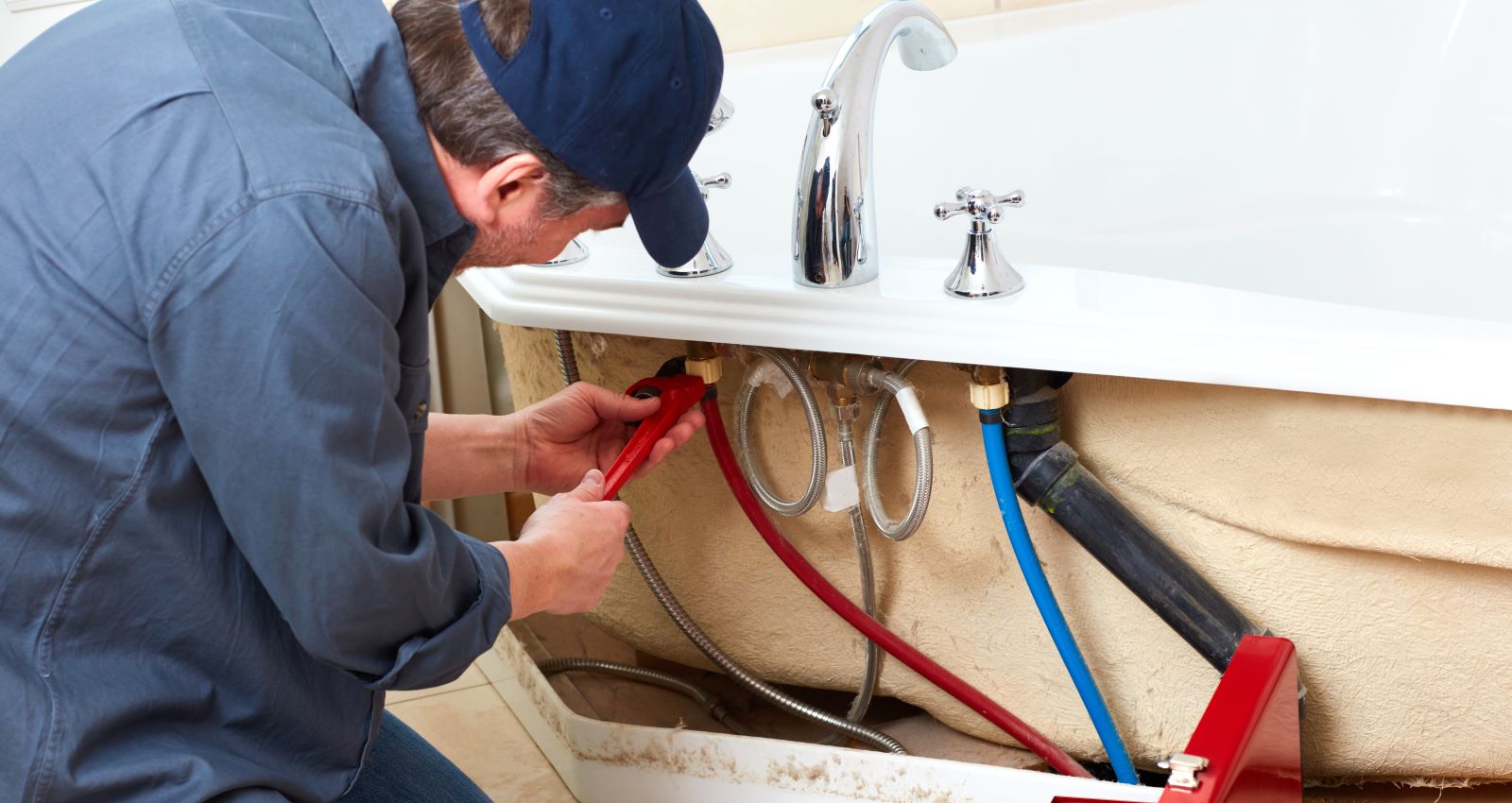
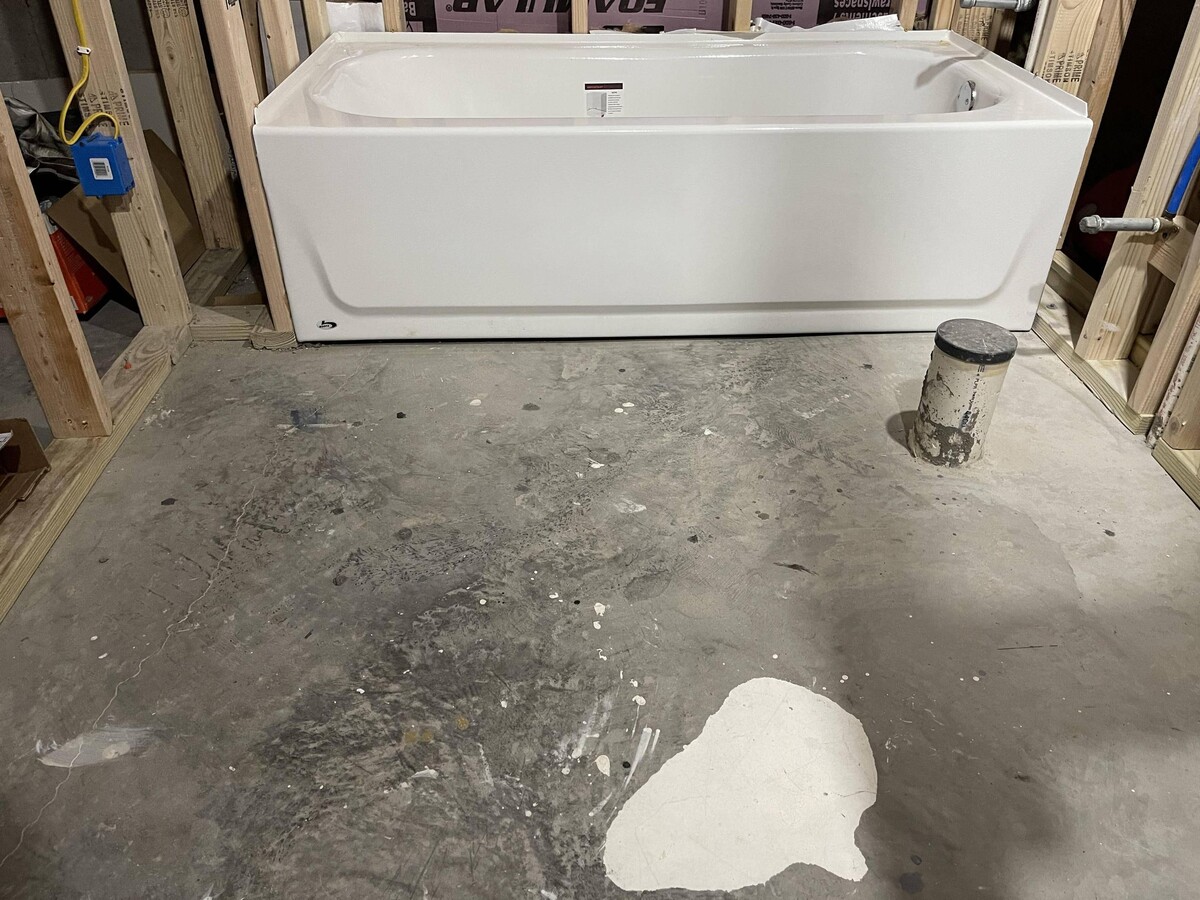
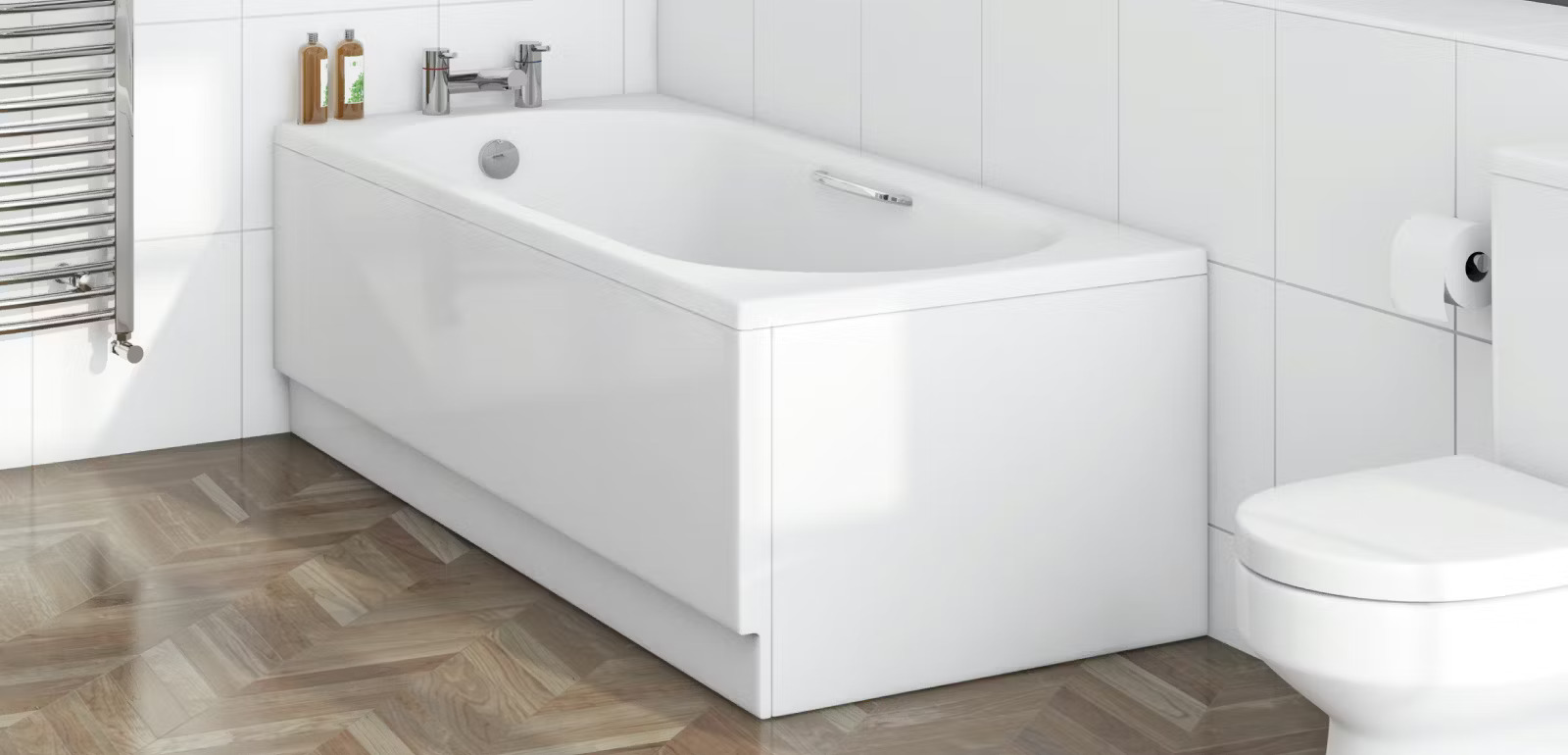
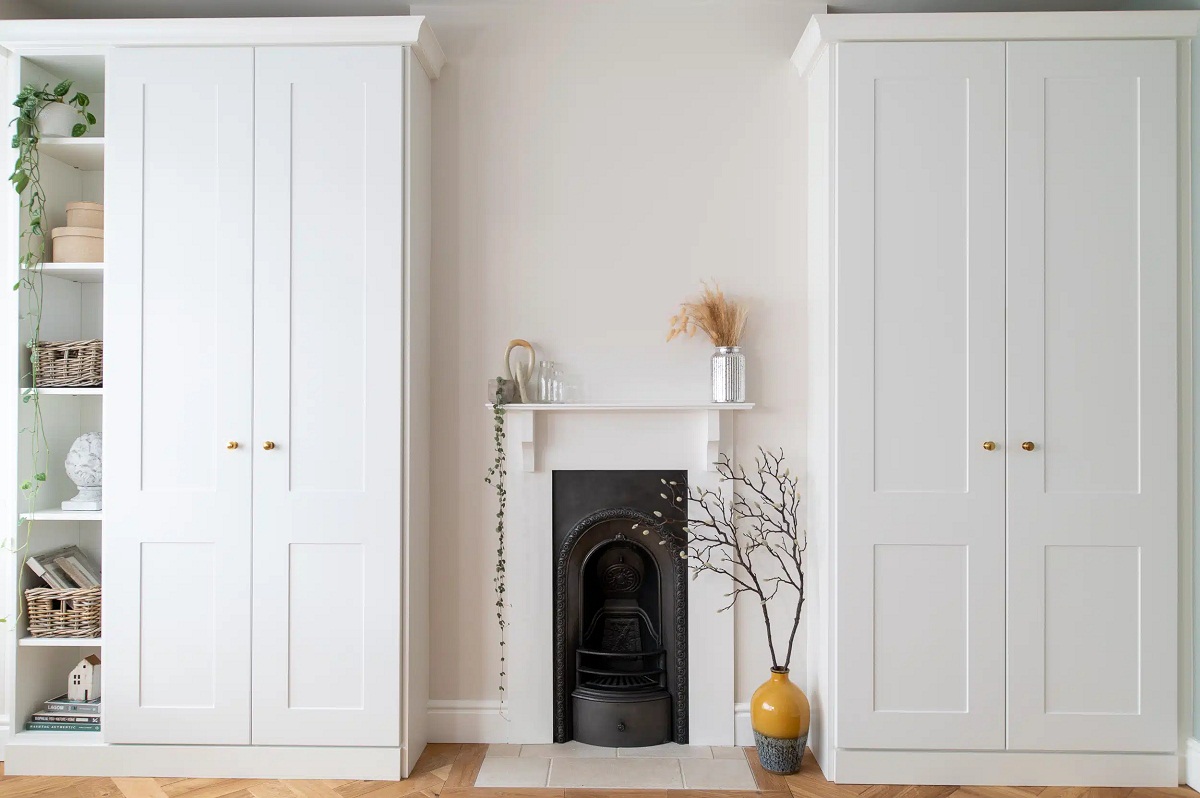
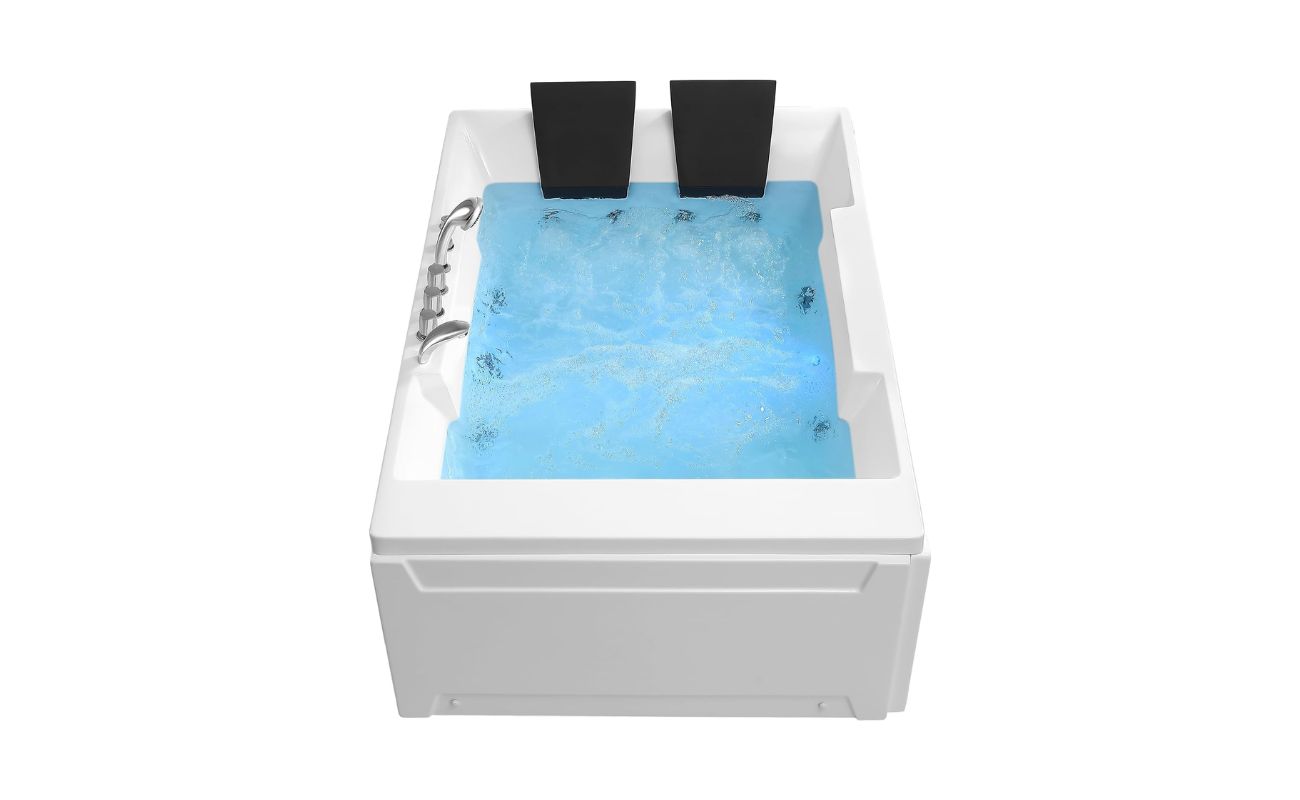
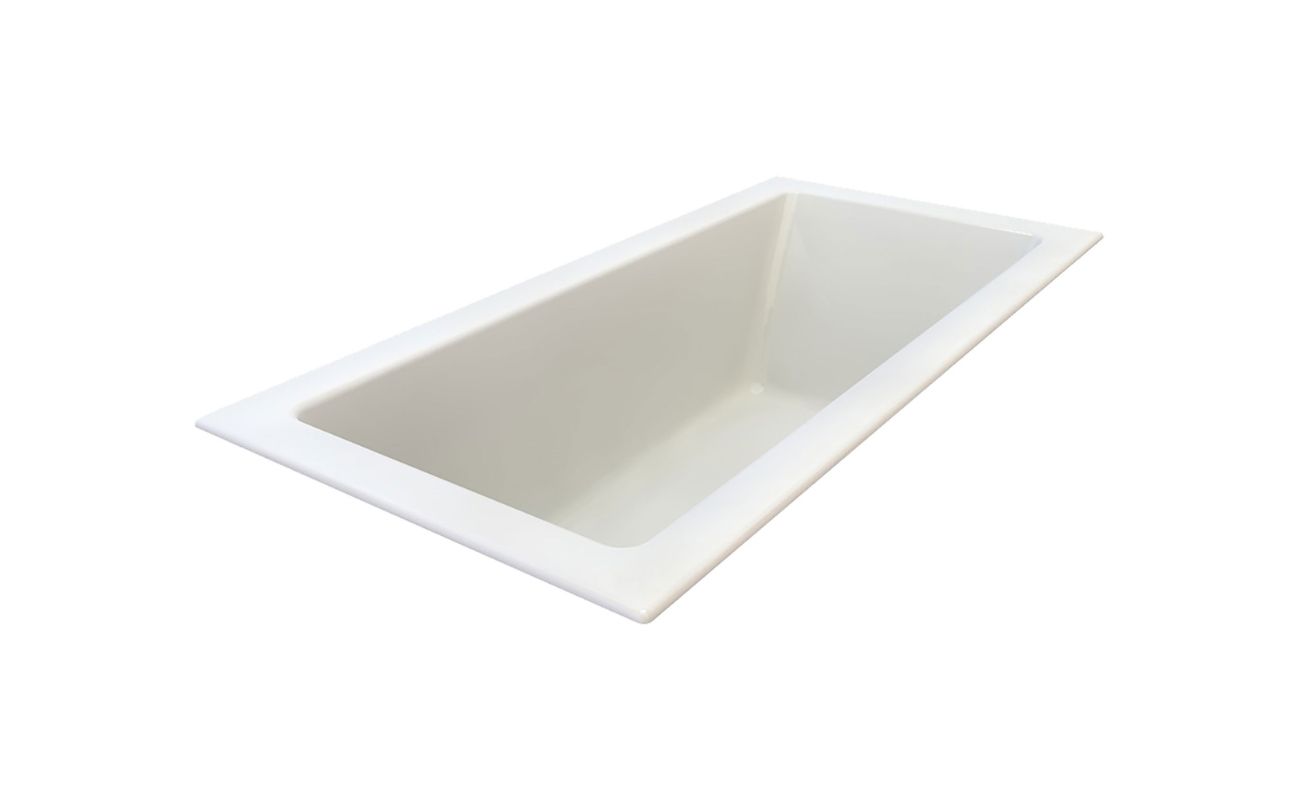
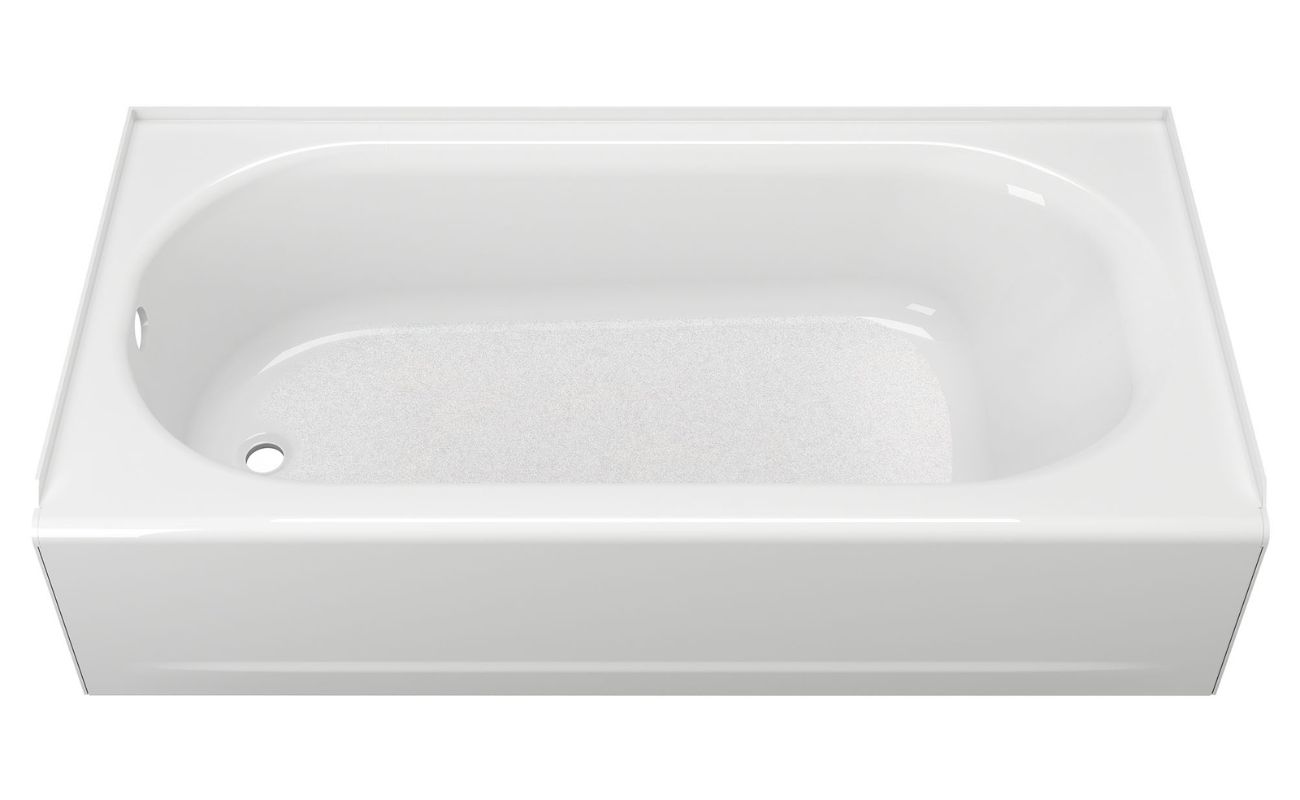
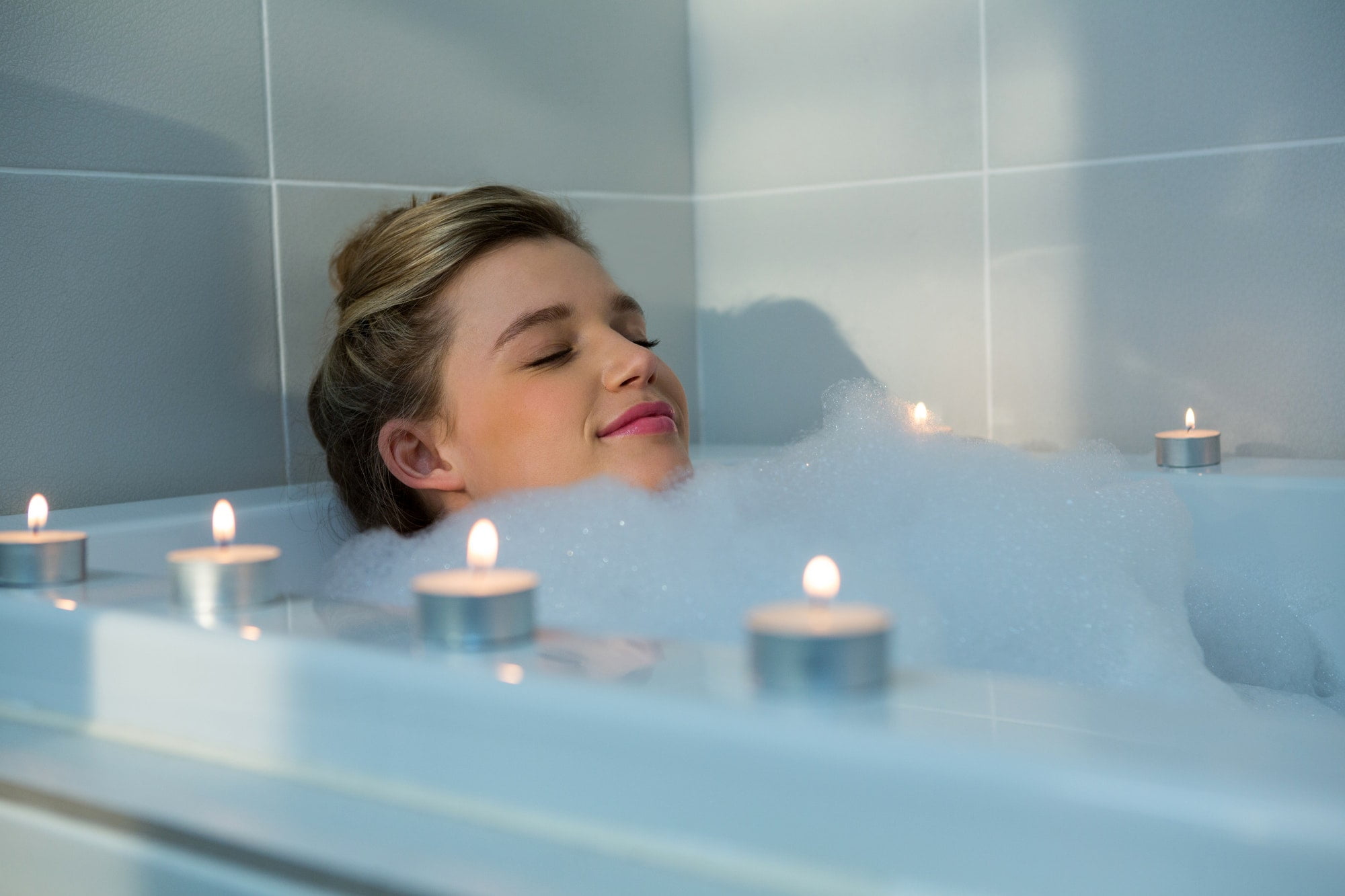
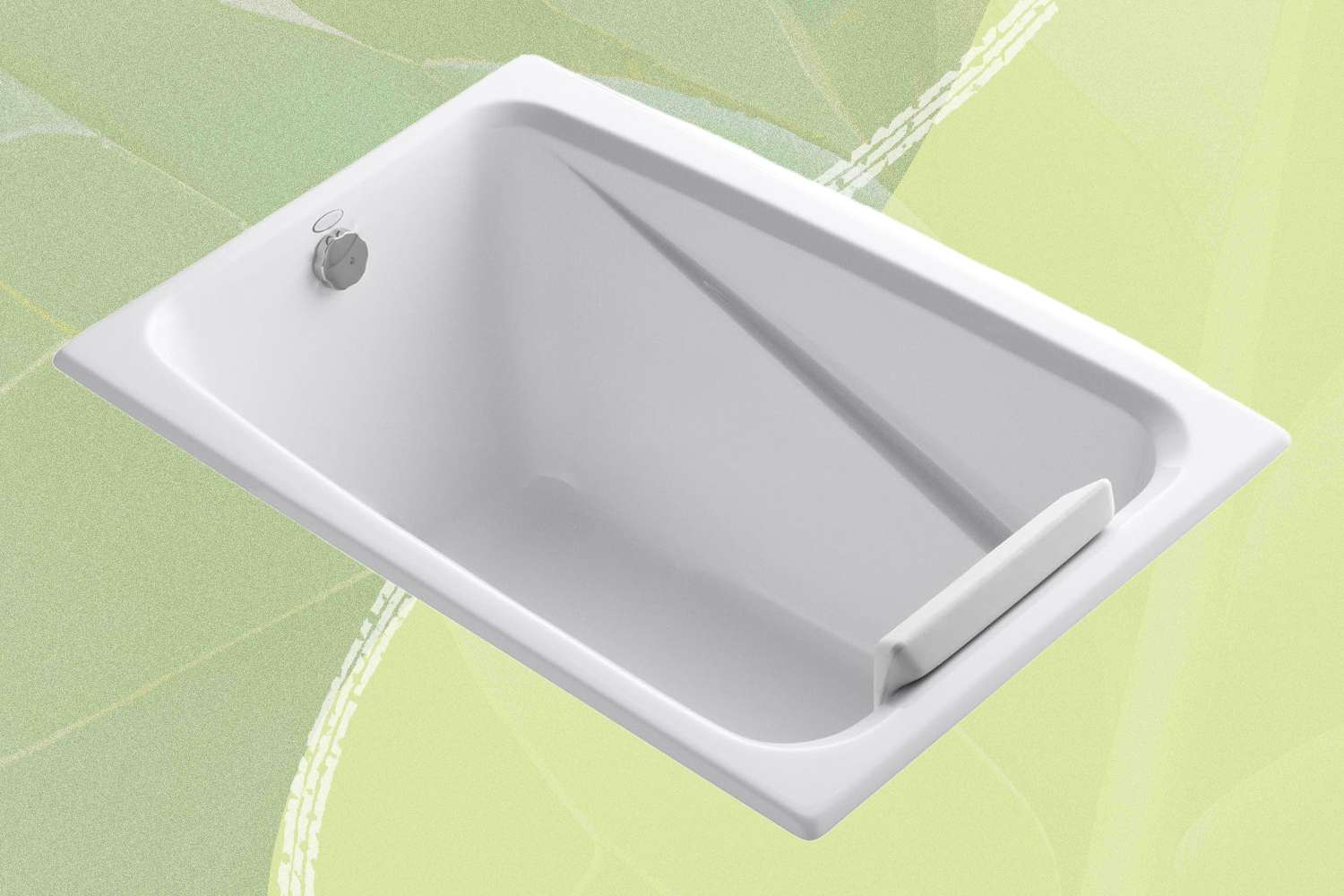
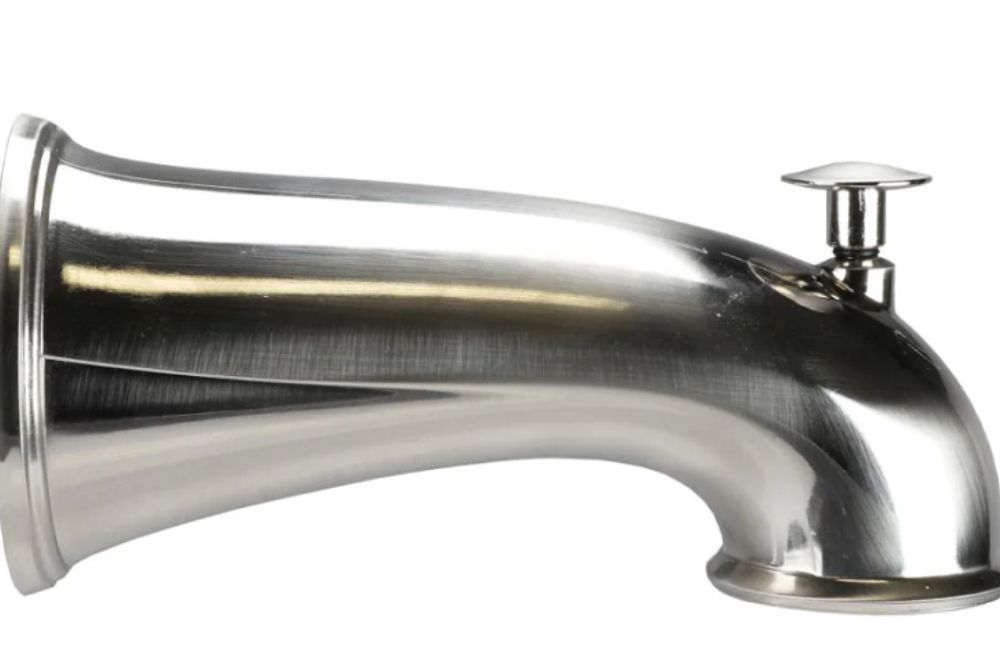
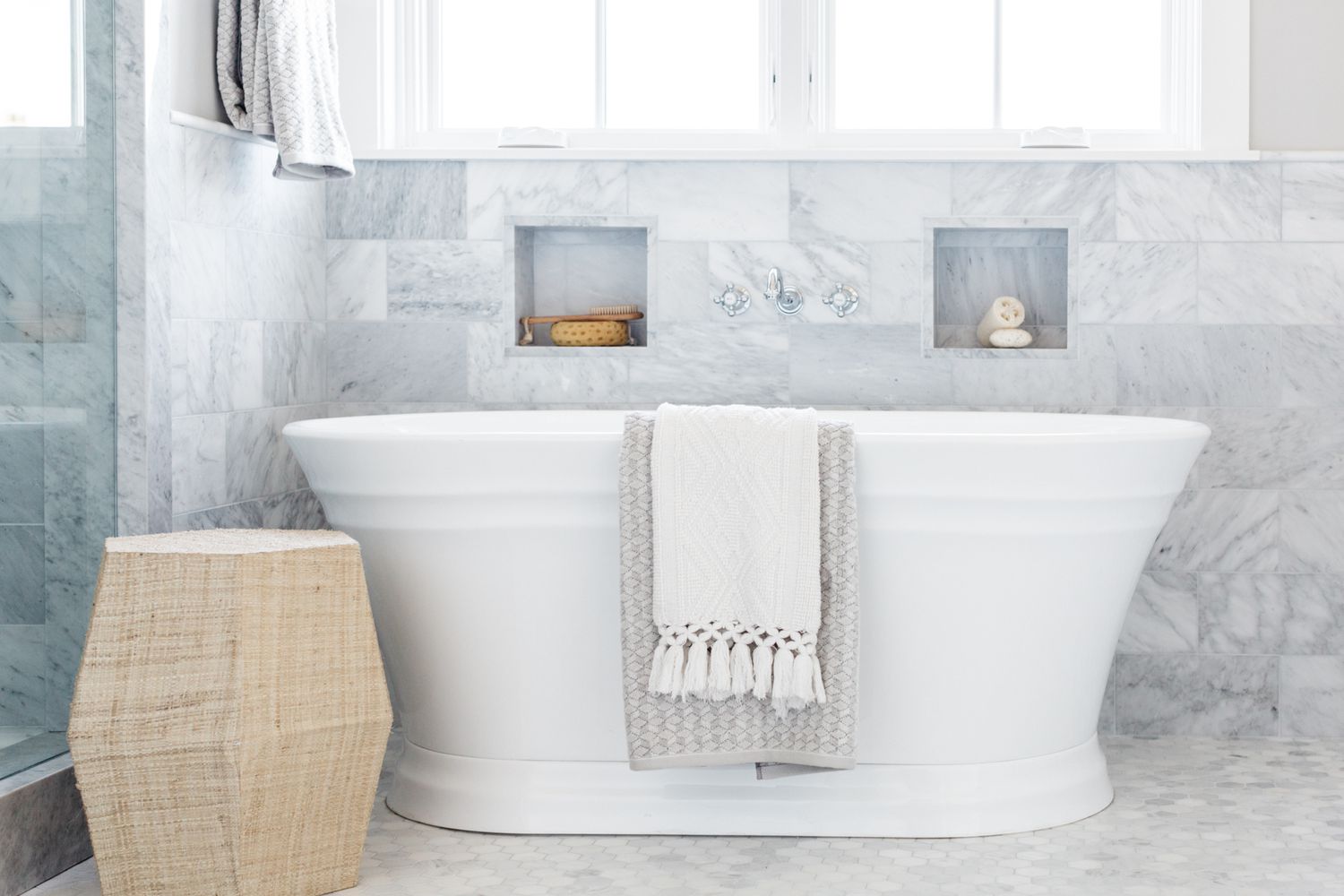
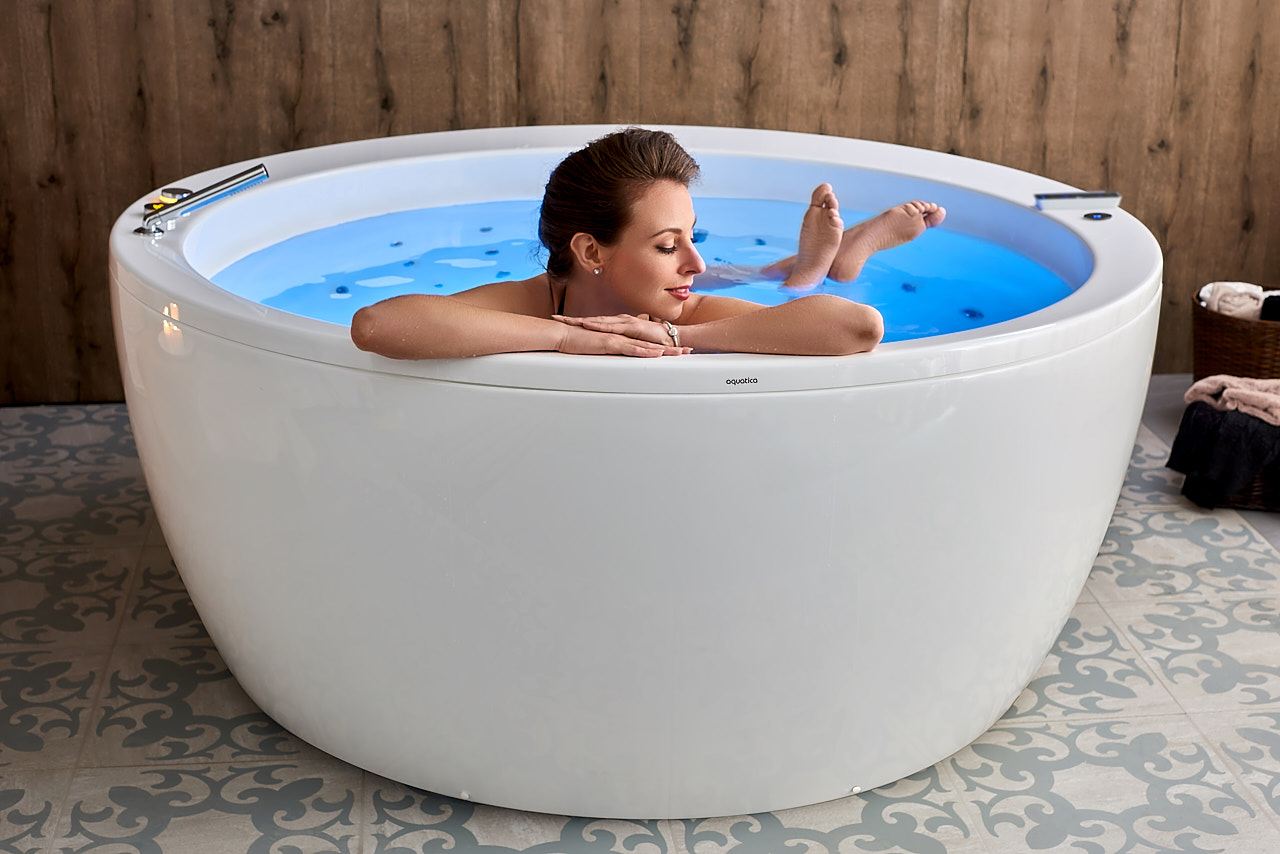
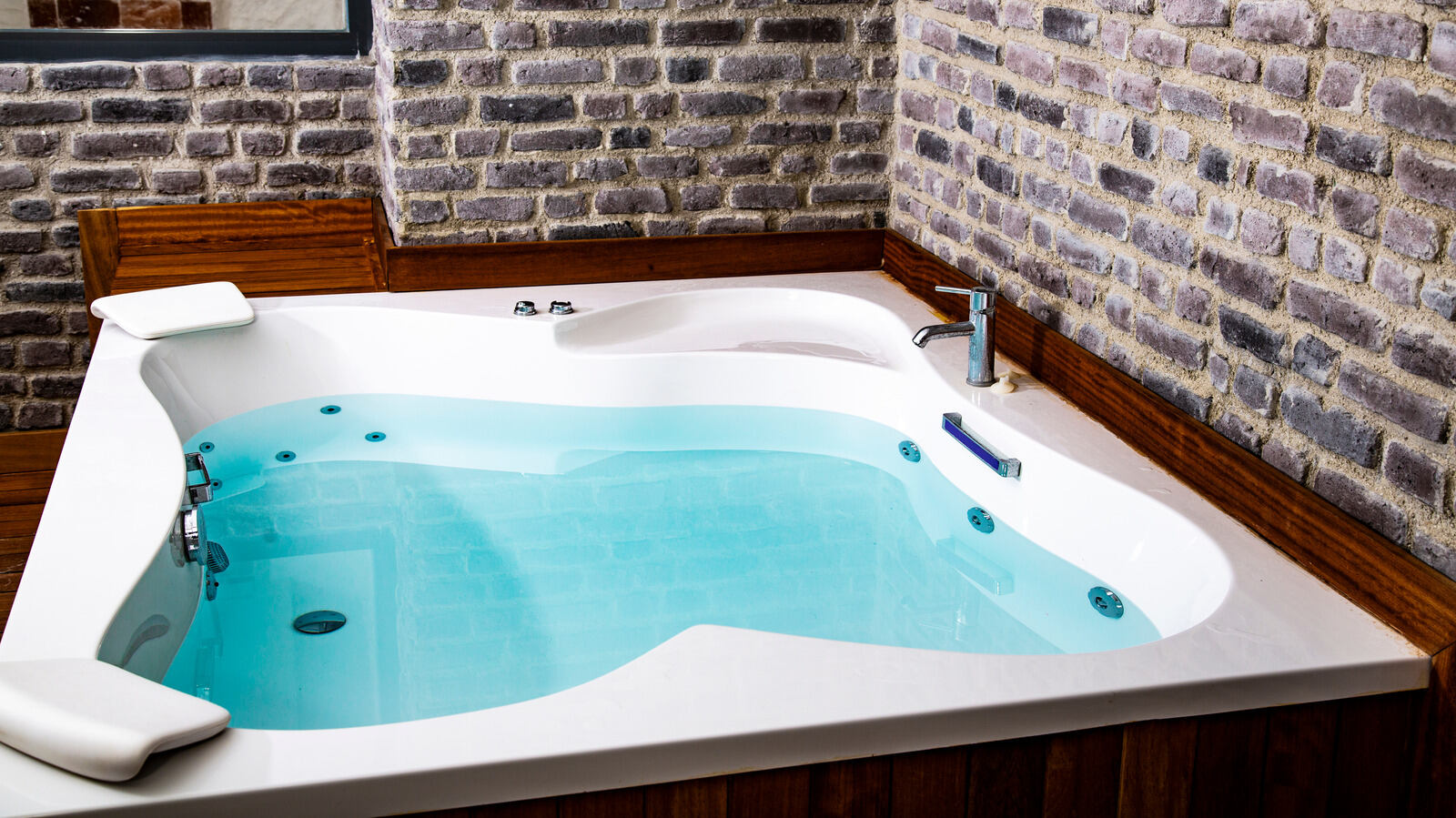
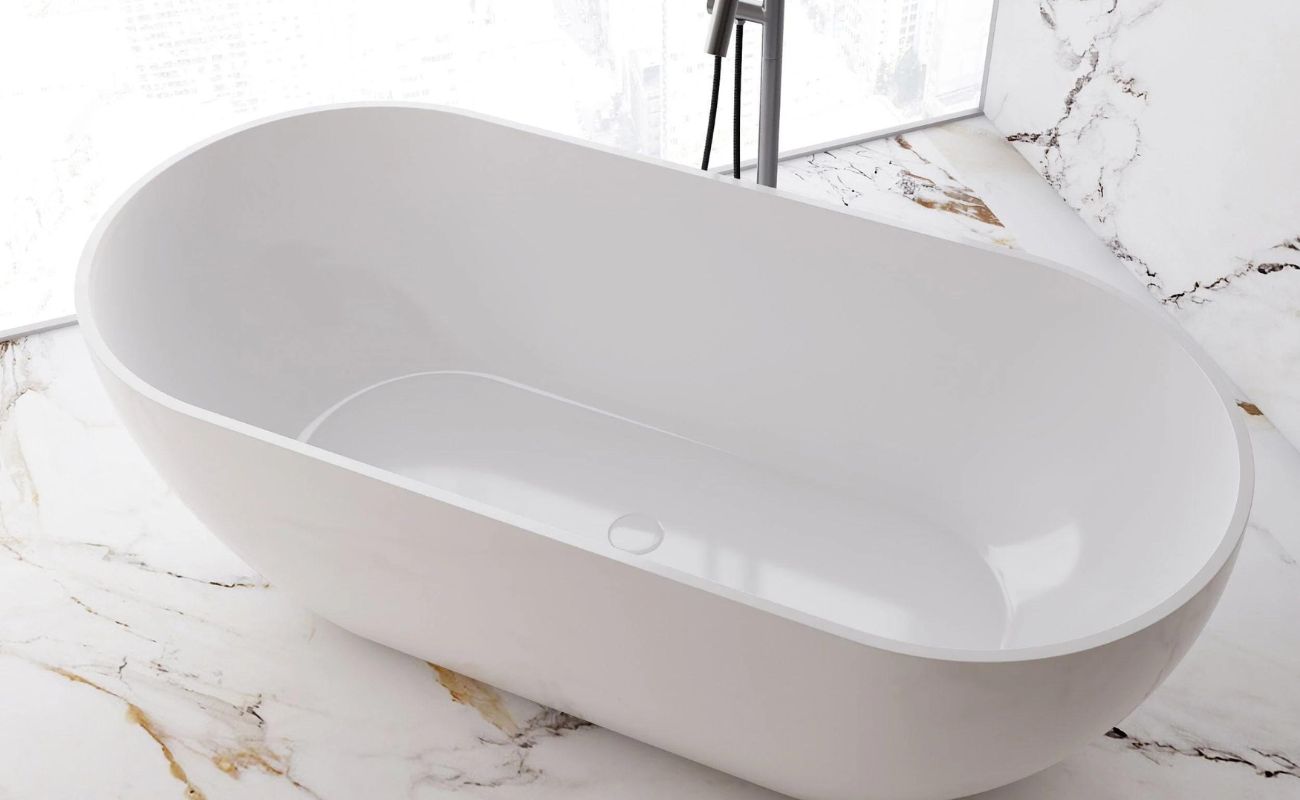

0 thoughts on “What Is Alcove Installation For A Bathtub?”